
Dogs
The harrier looks like a smaller, more compact version of the English foxhound. Bred specifically to hunt rabbits/hares, the breed is uncommon in the United States.
The harrier originated in Great Britain and the breeds involved in his development are debated. Many believe the English foxhound contributed to the breed, especially since the harrier looks like a smaller version of the foxhound. The breed has probably been around for hundreds of years and was initially developed to hunt hares but has also been used in fox hunts.
In 1885, the harrier was recognized by the American Kennel Club as a member of the hound group.
The harrier looks just like a small foxhound. He has a gentle expression with eyes set well apart. The ears are set low with rounded tips and hang. The chest is deep and the tail is long and set high. It should taper and not curl.
The coat of the harrier is short and glossy. Any color is allowed but most are lemon and white, red and white or white and tan.
The adult harrier stands around 19 to 21 inches at the shoulder and weighs about 40 to 60 pounds.
The harrier is a sweet and gentle dog. As with other hounds, the harrier has a tendency to bay.
The harrier is a great family pet and is excellent with older children, especially if raised with them. They can do well with other dogs and is a natural pack animal but should be closely supervised when around other family pets or animals. Some can be dog aggressive, especially if not adequately socialized early in life.
The harrier does best when living in a home with a large yard. They are active dogs and can be excelling jogging companions. They tend to roam, sniffing for quarry, so they should not be allowed off leash.
The harrier is easy to train and can excel in obedience but can be stubborn or strong-willed.
The harrier does not like to be left alone with nothing to do and with no companions. They need to be kept active to prevent obesity and to prevent destructive behaviors. As with other hounds, this breed tends to bay. He should not be allowed to roam off leash since he may chase small quick little creatures.
The harrier is a hardy breed that has few known diseases. The most common are hip dysplasia and epilepsy.
The average life span of the harrier is 10 to 12 years.
We realize that each dog is unique and may display other characteristics. This profile provides generally accepted breed information only.
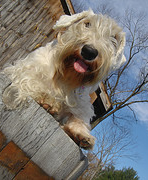 Sealyham Terriers: A guide to dogs and puppies of the Sealyham Terrier breed
The Sealyham Terrier!
The Sealyham Terrier are dogs that ha
Sealyham Terriers: A guide to dogs and puppies of the Sealyham Terrier breed
The Sealyham Terrier!
The Sealyham Terrier are dogs that ha
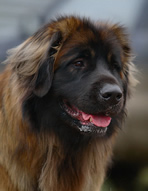 Leonbergers: A guide to dogs and puppies of the Leonberger breed
The Leonberger!
One of the distinct characteristics of a le
Leonbergers: A guide to dogs and puppies of the Leonberger breed
The Leonberger!
One of the distinct characteristics of a le
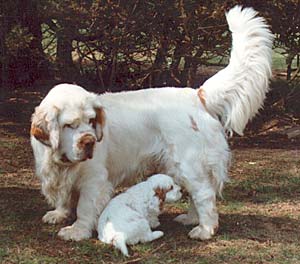 Clumber Spaniel
Clumber Spanie
Clumber Spaniel
Clumber Spanie
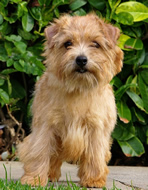 Norfolk Terriers: A guide to dogs and puppies of the Norfolk Terrier breed
The Norfolk Terrier!
The Norfolk Terrier is a charming bree
Norfolk Terriers: A guide to dogs and puppies of the Norfolk Terrier breed
The Norfolk Terrier!
The Norfolk Terrier is a charming bree
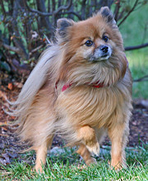 Pomeranians: A guide to dogs and puppies of the Pomeranian breed
The Pomeranian!
The Pomeranian, named after the province of
Pomeranians: A guide to dogs and puppies of the Pomeranian breed
The Pomeranian!
The Pomeranian, named after the province of
Copyright © 2005-2016 Pet Information All Rights Reserved
Contact us: www162date@outlook.com